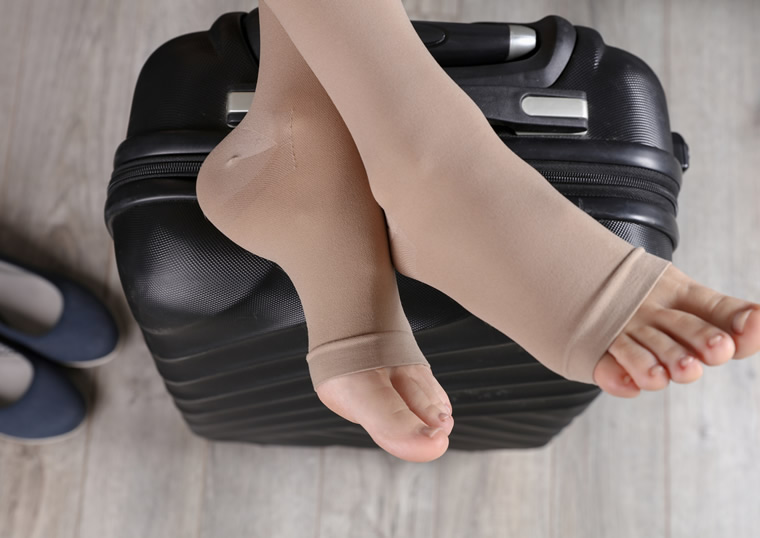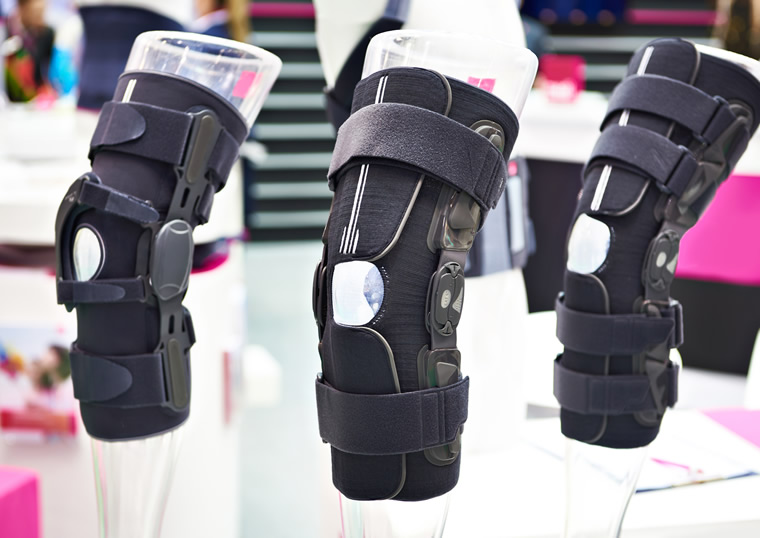Compression Stockings
Medical compression stockings are specialized hosiery designed to help prevent and treat the occurrence of venous disorders such as edema, phlebitis, and thrombosis. Compression stockings are elastic garments worn around the leg, compressing the limb. Compression stockings are tightest at the ankles and gradually become less constrictive toward the knees and thighs. By compressing the surface veins, arteries, and muscles, they force circulating blood through narrower channels. As a result, the arterial pressure is increased, which causes more blood to return to the heart and less blood to pool in the feet.
Compression stockings come in varying degrees of pressure, from a relatively comfortable 15-20 mmHg to a more constrictive 20-30 mmHg and 30-40 mmHg pressure levels. Some Extended Health benefits plans may limit reimbursement for stockings to those that have a pressure gradient of 20 mmHg and greater.
The information below is not intended to override any plan sponsor or insurer claim requirements. Plan members are always encouraged to confirm plan coverage and any administrative requirements with their plan sponsor, benefit booklet or insurance carrier.
Claim requirements include:
- Be medically necessary and prescribed by a qualified provider as outlined under your Extended Health Benefits plan.
- Stockings should be fitted and dispensed by a qualified professional where it is permitted and within their scope of practice to do so.
Claims reimbursement will be subject to applicable plan maximums, deductibles, and limitations as defined under your benefits policy. Please refer to your employee benefits booklet and/or your insurance carrier for coverage.
Prescriptions should include the following:
- Be prescribed by a health care professional in good standing with their provincial regulatory body.
- A diagnosis that outlines the medical condition that necessitates the use of medical compression stockings.
- Recommendations for style (knee-high, thigh-high, waist-high) and pressure gradient level (mmHg).
Prescriptions should be updated annually.
The invoice provided by the approved provider and submitted by the claimant should include the following information:
- The make, model, and style information (knee-high, thigh-high, waist-high) for the stockings dispensed to the claimant.
- The SKU and/or serial # of the stockings dispensed to the claimant.
- Pressure gradient level of the stockings dispensed to the claimant.
- The name, signature, and qualification of the person who fitted/dispensed the compression stockings to the claimant.





